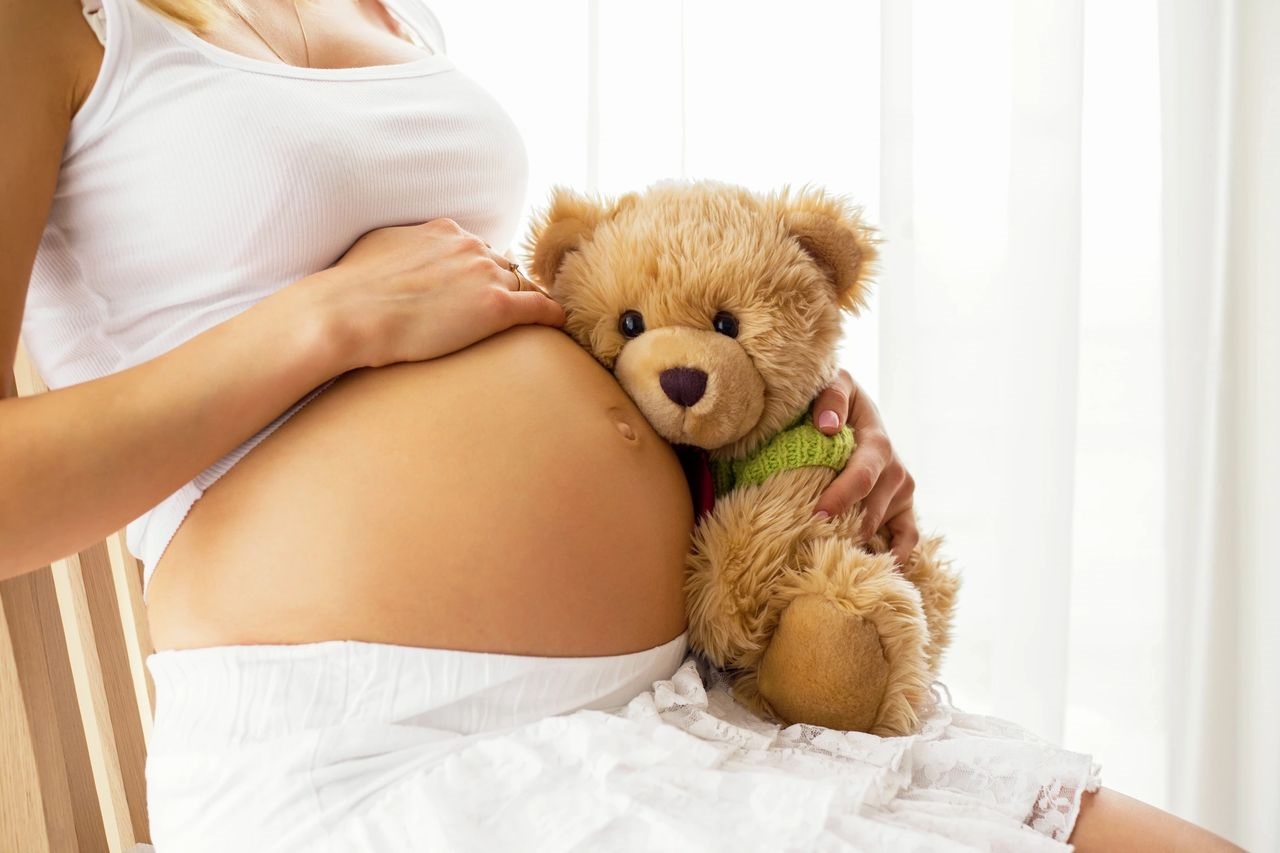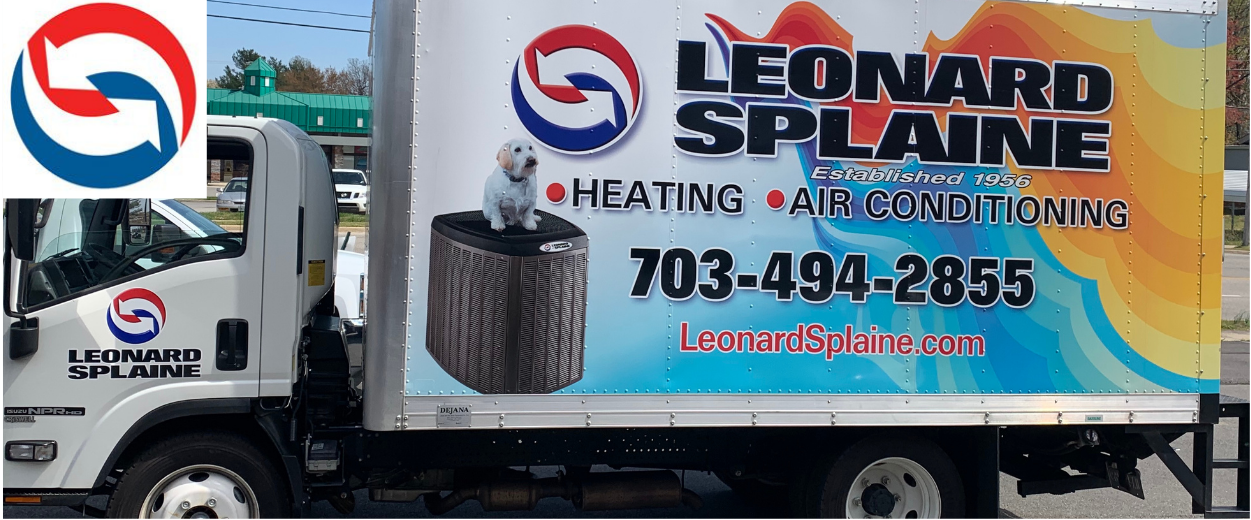Leonard Splaine What You Can Do to Reduce Indoor Air Pollutants During Pregnancy

Pregnancy is a time of growth and many expectant parents use this time to educate themselves, they even receive a lot of instructions to ensure the healthiest possible baby: what to eat and drink, what to avoid, which vitamins to take, which activities to avoid and more.
But what about breathing?
Researchers have long been concerned about air pollution’s effects on pregnancy, with possible consequences ranging from premature births and low birth weight to elevated blood pressure later in the child’s life.
Air pollution can affect the health of the pregnant person and the developing baby. Contaminants in the air can cross the placenta, affecting the health of the placenta itself and disrupting the baby’s development.
Pregnancy is an excellent time to consider your home’s heating, ventilating, and air-conditioning (HVAC) system. Humidifiers and air purifiers can help with indoor air quality. An informed decision on the heating and cooling components you use can affect your air quality. Depending on the temperature where you live, your home might require a furnace-air conditioner combination to heat and cool your home.
No matter how you choose to heat and cool your home, one thing is certain: clean air is best for everyone, and especially for pregnant mothers and newborns.
HOW AIR QUALITY AFFECTS PREGNANCY
Researchers have not yet identified all the potential effects of air pollution. Also, doctors do not know why air pollution causes harm to some pregnancies but not others.
There is no way to predict who will or will not experience negative pregnancy outcomes, though experts do currently believe that exposure to air pollution increases the risk.
Some potential effects of air pollution during pregnancy include:
1. Low birth weight
After a typical, healthy pregnancy, a full-term baby usually weighs between six and nine pounds. Low birth weight is defined as less than 2,500 grams, or five pounds, eight ounces. Exposure to air pollution may disrupt a baby’s development, causing them to be born unusually small. It can also cause preterm delivery, resulting in very small babies with underdeveloped bodies and lungs.
Low birth weight is a risk factor for developmental delays, numerous health issues, and death after birth.
One 2013 analysis of 14 population-level studies found that a higher prevalence of certain pollutants, such as nitrogen dioxide, correlated with a higher risk of low birth weight.
This does not prove that pollution causes low birth weight, but it does establish a potential connection between the two.

2. Preterm labor —
Babies born before the 37th week of gestation are considered preterm and are at risk for neurological disorders and permanent physical disabilities, as well as for breathing difficulties, cardiac problems, an inability to maintain body temperature, an immature digestive system and retinopathy. While premature birth can happen to anyone for many reasons, air pollution is one possible reason you should try to avoid.
Pregnant people who live in polluted areas may be more likely to experience early, or preterm, labor.
Preterm labor increases the risk of other problems, such as low birth weight, underdeveloped lungs in the baby, and death of the baby during or shortly after birth.
One 2019 study assessed the effects of common pollutants, such as ozone, sulfur dioxide, nitrogen oxide, and nitrogen dioxide. It found a correlation between air pollution and preterm labor. The risk was highest during a subsequent pregnancy.
This study, like most studies into air pollution, established a correlation. It did not prove that air pollution causes preterm labor. Other factors might explain the higher prevalence of preterm labor, or people who live in polluted areas might simply be at a higher risk of having other risk factors for early labor.
3. Stillbirth —
Stillbirth refers to the death of the baby late in pregnancy, after 20 weeks.
One 2018 study established a correlation between exposure to air pollution and stillbirth. The risk was highest during the third trimester of pregnancy.
4. Fertility challenges and miscarriage —
Multiple studies, including a 2018 systematic review of literature, have suggested that “air pollution could represent a matter of concern for female infertility.” In fact, one study found that fertility rates in northern California increased when eight plants burning coal and oil closed down, reducing the levels of fine particulate matter and nitrogen oxide.
Scientists have also devoted much effort to studying the effects of air quality on miscarriage, often called spontaneous pregnancy loss in the medical community. They have concluded that “short-term exposure to elevated levels of air pollutants was associated with higher risk for spontaneous pregnancy loss.”
5. Other risks and takeaways —
When it comes to air pollution and pregnancy safety, researchers have also found links to increases in gestational diabetes in expectant mothers, high blood pressure in children and delayed psychomotor development. However, it is important to note that most studies so far have established only correlations between polluted air and disease, rather than a direct cause and effect.
While the research is compelling, remember, in some cases, scientists have not determined which time period — week, month or trimester — is most susceptible to the dangers of air pollution. In addition, most studies have focused on outdoor air pollutants, so more research is necessary to understand the effects of poor indoor air quality on pregnancy.
HVAC maintenance and indoor air quality
When it comes to pregnancy safety, it’s important to investigate the air quality in your home even if you’re not experiencing nagging respiratory symptoms. Some health effects show up only after years of repeated exposure to poor air quality, and these can be as serious as cardiovascular disease or cancer. Here are some actionable steps to check your home’s air quality:
Find sources of air pollution
Check for signs of ventilation problems. According to the EPA, these include “moisture condensation on windows or walls, smelly or stuffy air, dirty central heating and air-cooling equipment and areas where books, shoes or other items become moldy.” Other possibilities are a gas stove, certain building materials and synthetic or treated upholstery.
You might also consider testing your home for radon, a colorless, odorless, radioactive gas. Inexpensive testing devices are available, or you can hire a professional to conduct testing. Local and state health departments often have consultants who can help with identifying and solving problems related to indoor air quality.
Improve ventilation
You can reduce the concentration of indoor air pollutants by increasing how much outdoor air is entering your home. Weather permitting, the simplest ways to improve ventilation are to open windows and doors, run window or attic fans and operate a window air conditioner with the vent control open. Another option is using bathroom or kitchen fans that exhaust outdoors, eliminating toxins from the room and boosting the outdoor air ventilation rate.
If you are doing a temporary activity that can release pollutants into your home, it’s essential to have good ventilation. Examples are painting, paint stripping, heating with kerosene, welding or sanding. When possible, move those activities outdoors.
Replace or add equipment
If you have a traditional HVAC system or furnace, the EPA recommends changing the filter every 60-90 days. Make sure to buy the correct size; it should fit snugly so air does not leak around the filter.
You might also consider adding a portable air cleaner to your home. This is a separate unit that filters gases or particles, even the fine matter that is considered most harmful. There are different types of air cleaners, and effectiveness varies widely. Most air cleaners filter either particulate matter or gases, so if you’re looking to reduce both, you will probably have to purchase two units.
Another possibility is to switch to a heat pump, a decision that depends on climate, budget and personal preference. The average cost of a heat pump ranges from $700 for a ductless mini-split system to $13,000 for a geothermal heat pump system. Regarding air quality, heat pumps do not use combustion and, therefore, do not produce harmful emissions.
SUMMARY
Air pollution is a serious health risk for both the pregnant person and the baby they are carrying. Many expectant mothers might spend time carefully inspecting ingredient lists and conducting online research to guarantee these things are safe for your growing baby.
Breathing clean air, thanks to a maintained HVAC system, is just as essential as the healthy food and hydrating beverages you put into your body during pregnancy. The source of your home’s air is your HVAC system, and it’s important to understand its condition, both on the interior and the exterior, during pregnancy and when welcoming your new baby into the home.
